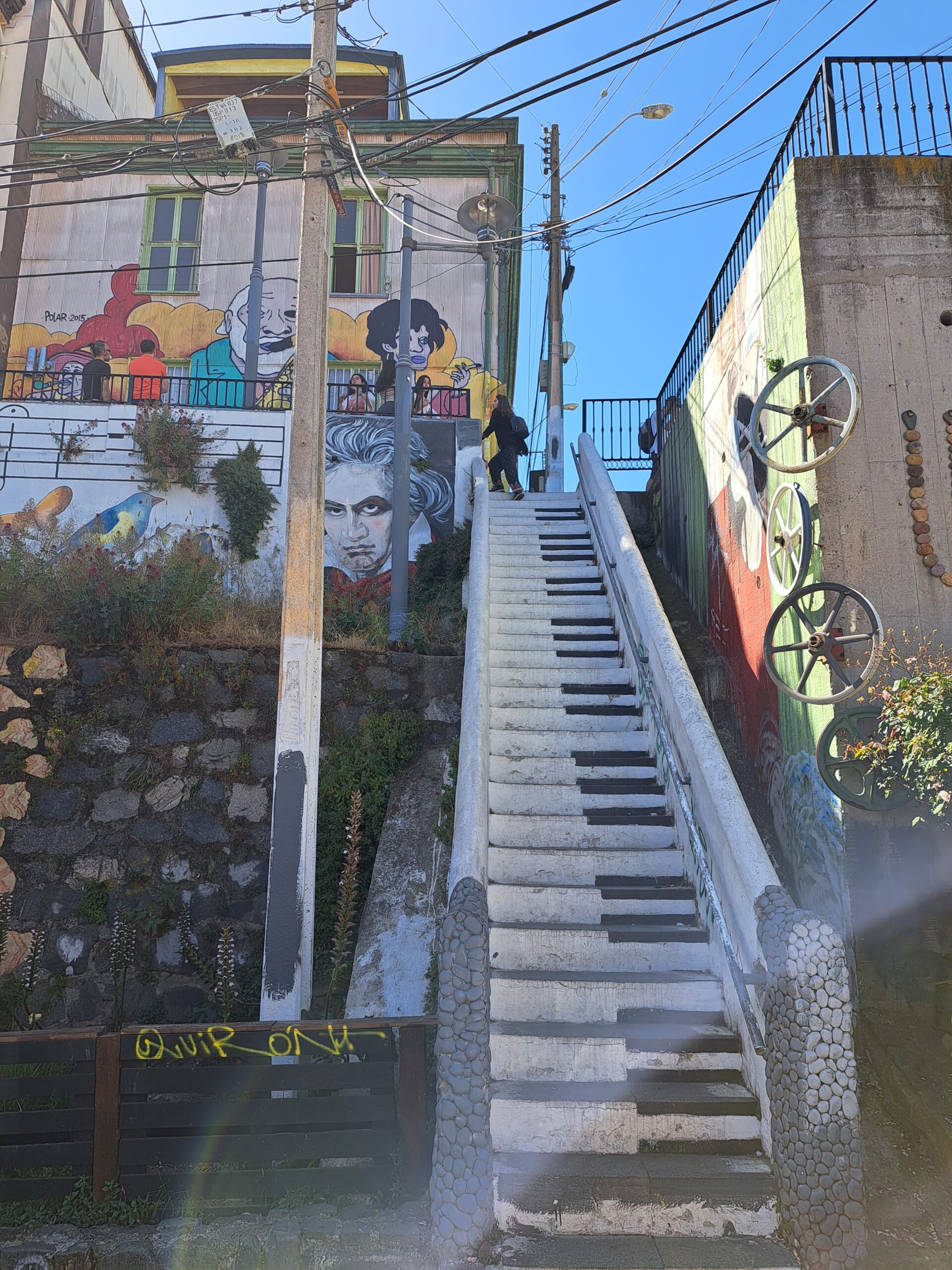
Valparaíso, a charming Chilean coastal town often affectionately called ‘The Gem of the Pacific’, boasts a rich history and vibrant culture. With a population of just over 250,000, it ranks as the sixth-largest city in Chile. Since 1817, Valparaíso has proudly served as the headquarters of the Chilean navy, a fact that becomes evident when gazing at the impressive warships in its harbour. Back in the mid-19th century, this city played a pivotal role in global geopolitics, serving as a crucial stopover for ships navigating between the Atlantic and Pacific Oceans. This era marked Valparaíso as a welcoming haven for European immigrants, adding to its cosmopolitan flair. Notably, Valparaíso hosts Latin America’s oldest stock exchange and boasts the world’s oldest continuously published Spanish-language newspaper, El Mercurio de Valparaíso. It’s clear that in its heyday, this city held a prominent position on the world stage.
The 20th century, however, wasn’t exactly kind to Valparaíso. A major reason for the city’s downturn was the opening of the Panama Canal in 1914. Adding to the mix, Chile embarked on the construction of its new port, San Antonio, in 1910, which is now the largest and busiest port on the southern coast of South America. This wave of change had a domino effect on Valparaíso. Ship traffic dwindled significantly, dealing a harsh blow to the port-centric economy. Consequently, a number of affluent residents decided to up sticks and bid farewell to the city.
Valparaíso today stands in stark contrast to its mid-twentieth-century glory days. Describing it as an aging lion with its prime years behind it would be an overly gloomy take. Instead, it’s more like a seasoned performer who has adapted to changing times. As of now, it is still Chile’s second busiest port, serving as a vital hub for container traffic, copper, and fruit exports. Furthermore, Valparaíso has caught the eye of cruise ships, becoming a popular stopover during the South American summer. What’s more, the city has undergone a remarkable metamorphosis in the twenty-first century. Artists and cultural innovators have flocked to its historic hillside districts, injecting new life and creativity into its veins. It has become a burgeoning tourist destination and today, a multitude of tourists from all corners of the globe descend upon Valparaíso to wander through its winding maze-like cobbled streets and alleys and admire its vibrant architecture.
Valparaíso is celebrated for its bohemian culture, marked by annual festivals and a thriving community of street artists and musicians. In 2003, UNESCO recognized its historical quarter as a world heritage site, bringing much-needed funding and cementing its place as a treasure worth preserving and exploring.






